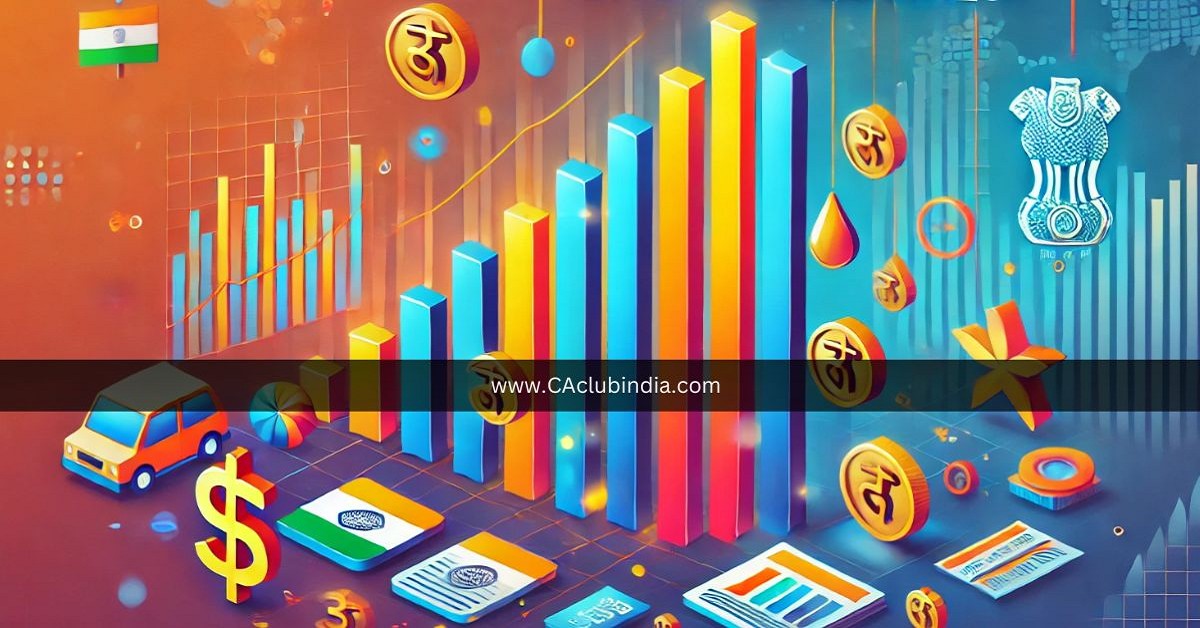Slowing consumption trends in recent months have begun to affect GST collections in India, with several states, particularly in South India, reporting subdued growth. Between April and October 2024, total domestic GST collections rose 10.5% year-on-year to ₹9.65 lakh crore. However, this is significantly lower than the 14.6% growth recorded in the same period last year, raising concerns about meeting fiscal year targets.

Regional Disparities in GST Collection Growth
While states like Maharashtra (11.7%), Karnataka (10.9%), Gujarat (10.7%), Uttar Pradesh (12%), and Delhi (20%) exceeded the national average, southern states such as Tamil Nadu, Andhra Pradesh, Telangana, and Kerala lagged behind:
- Tamil Nadu: ₹75,078 crore, 6% growth (compared to 16.8% last year).
- Telangana: 5.2% growth (vs. 15.9% last year).
- Andhra Pradesh: 4% growth (vs. 8% last year).
Factors Impacting GST Growth
- Economic Slowdown: Poll-related activities, flood disruptions in southern regions, and muted consumer spending are seen as primary causes of slower GST growth.
- Consumption Patterns: States with higher purchases of goods like automobiles, cement, and luxury items, which attract higher GST rates, showed stronger collection growth. By contrast, southern states leaned toward gold and real estate, which attract lower GST rates.
- Weather Events: Heavy rainfall in South India during the reporting period likely dampened local consumption.
Broader Context and Economic Indicators
Despite slower growth, some indicators suggest improving rural demand:
- Steady growth in two-wheeler and tractor sales.
- Rising real wages for agricultural and non-agricultural laborers.
Senior economists highlight the "base effect" as another factor, with last year’s robust growth creating a high benchmark. Analysts also point to high GST rates on luxury goods as a reason GST data may not fully reflect broader consumption patterns.
Outlook for FY25
Analysts warn that achieving the budgeted 11.6% y-o-y GST revenue growth for FY25 could prove challenging. October 2024 collections, including imports, reached ₹1.87 lakh crore - the second-highest ever after April 2024’s ₹2.10 lakh crore - but consistent month-on-month growth remains elusive.
While high-frequency data signals a potential recovery in rural demand, the government may need to monitor consumption trends closely to ensure fiscal targets are met.





 CAclubindia
CAclubindia

